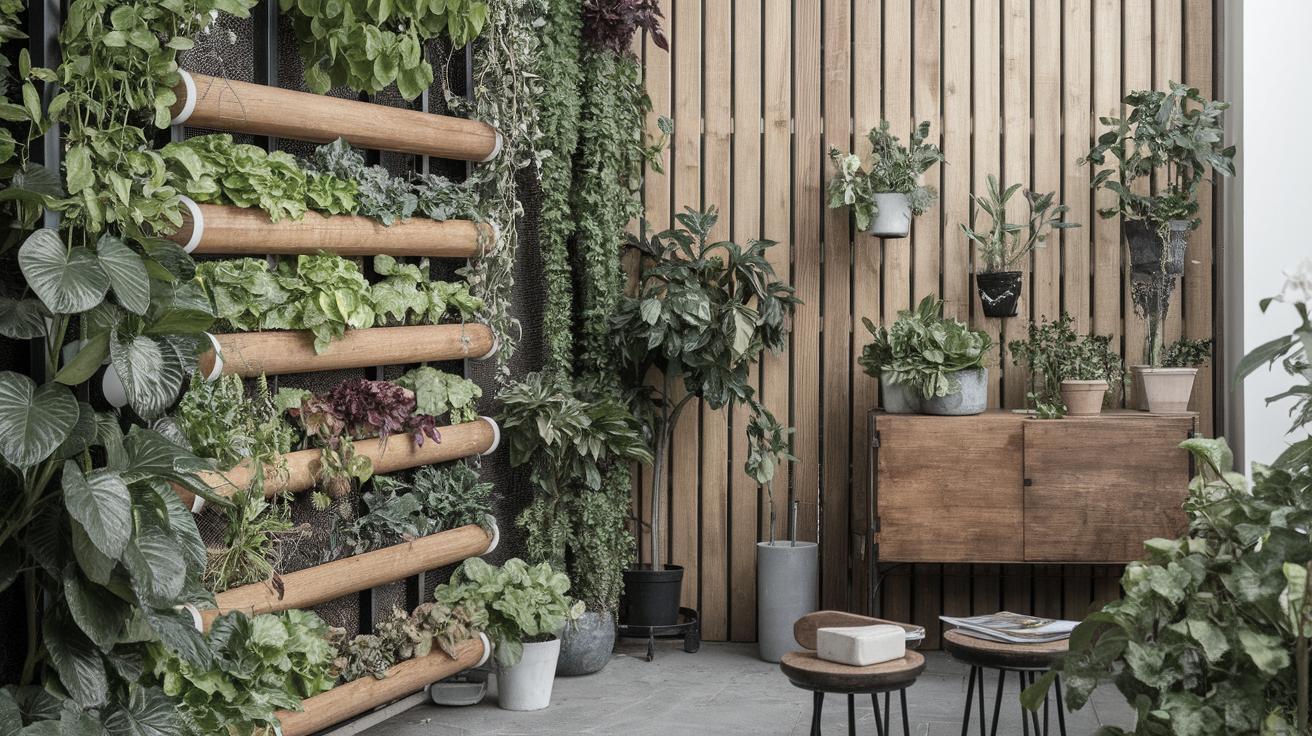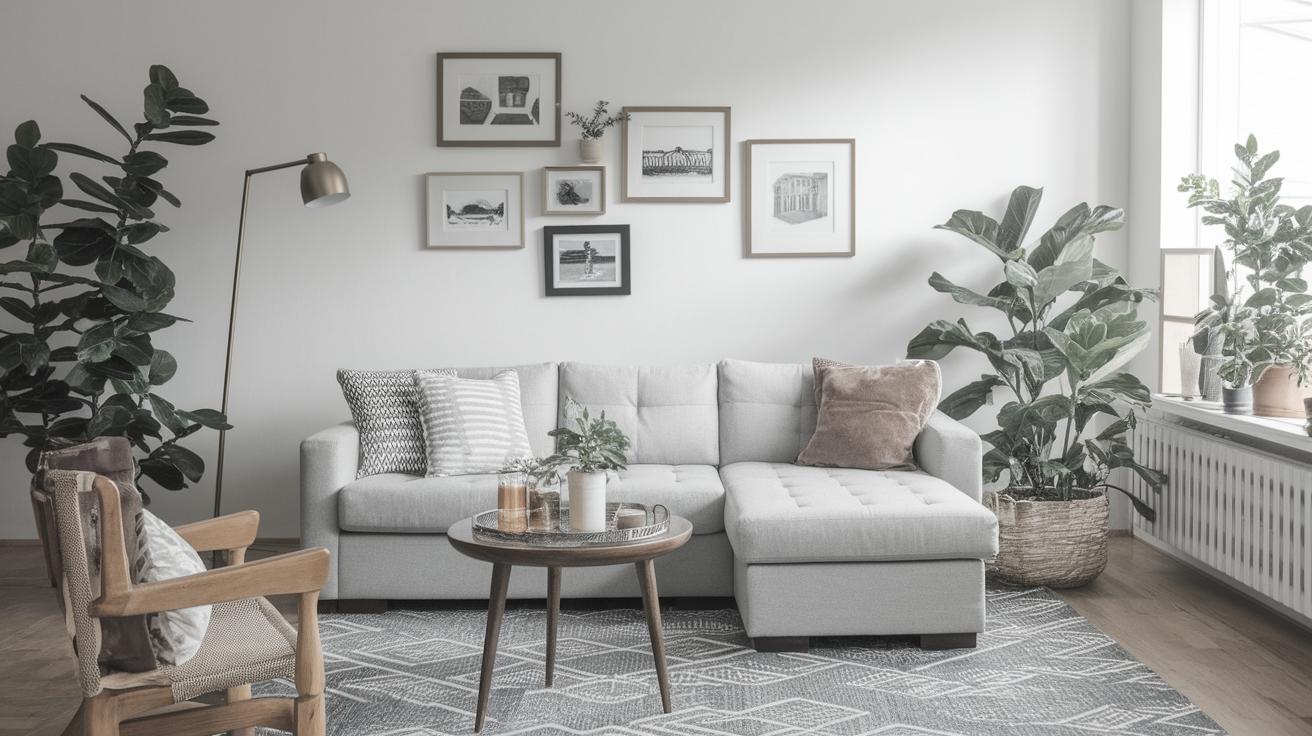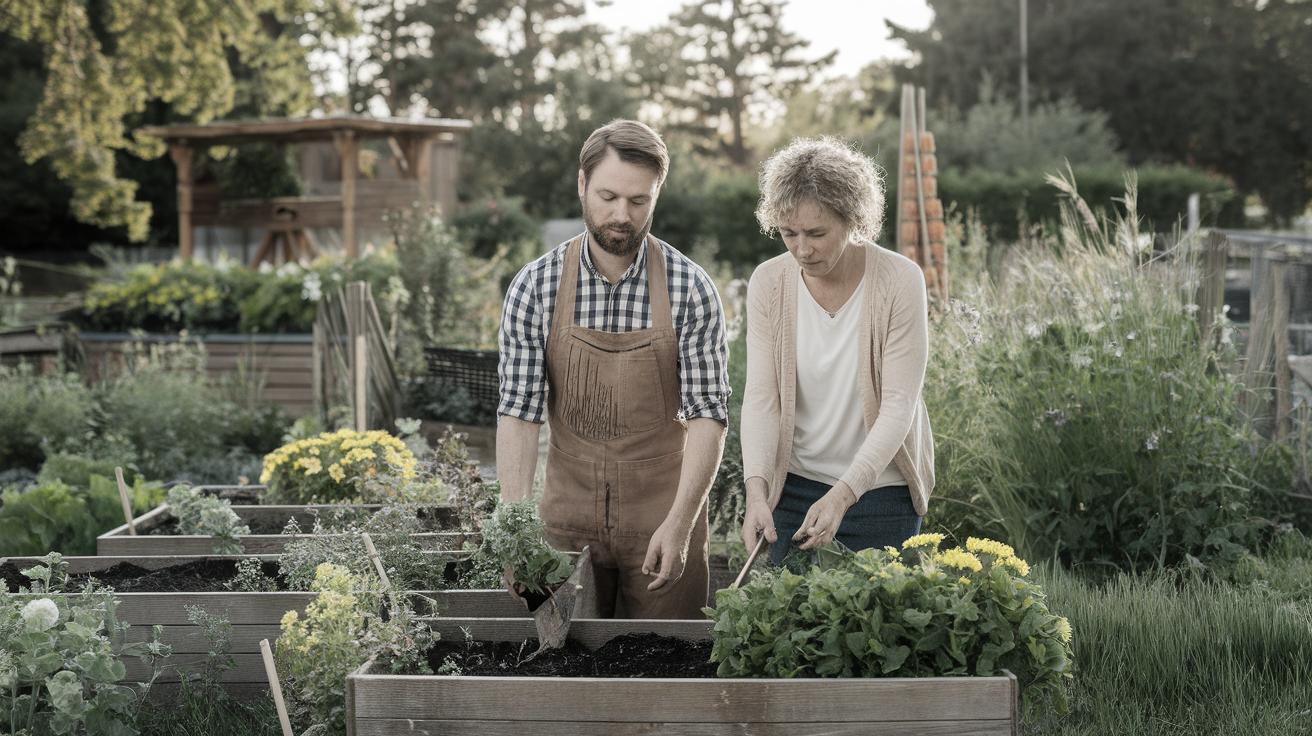Vertical Gardening: Creative Solutions for Limited Space
In today’s urbanized world, space can often be a luxury. But for gardening enthusiasts, limited space shouldn’t be a deterrent. Vertical gardening offers an innovative way to grow plants in confined areas, transforming blank walls and tiny balconies into lush green sanctuaries. In this blog post, we’ll explore how to start a vertical garden, the best planters to use, tips on growing your garden effectively, and diverse garden ideas including vegetables and succulents. We’ll also cover essential maintenance tips to ensure your garden thrives, regardless of the available space. By the end of this read, you’ll be ready to embark on your vertical gardening journey, making the most of whatever space you have available.
How to Start a Vertical Garden
Starting a vertical garden requires careful planning and a bit of creativity. First, assess the space where you plan to install your vertical garden. Consider factors such as sunlight, wind, and accessibility. Remember, some plants require more sunlight than others, so it’s crucial to pick both the right location and the right plants.
Your next step is selecting a vertical gardening system. There are several approaches, from hanging planters and wall-mounted pockets to freestanding structures. Choose a system that accommodates your space limitations and desired aesthetic, ensuring it’s sturdy enough to withstand the elements and the weight of growing plants.
Table of Contents
Vertical Garden Planters
Choosing the right planters is key to successful vertical gardening. Wall planters, pocket systems, and trellises are among the popular options. Wall planters can be made from materials like plastic, metal, or repurposed wood and are perfect for herbs and small flowering plants.
Pocket systems, made from durable fabrics, are ideal for shallow-rooted plants like lettuce or herbs, allowing water to drain efficiently. Trellises, on the other hand, offer support for climbing plants such as beans and tomatoes, turning your vertical space into a productive green wall.
How to Grow a Vertical Garden
The success of a vertical garden lies in proper plant selection and arrangement. Opt for plants with similar water and light needs to ensure even growth. Position larger plants at the bottom and smaller ones towards the top to allow adequate light distribution.
Watering is critical in vertical gardening. Due to gravity, water tends to flow downward, often leaving upper plants drier. Consider a drip irrigation system or hand-watering to keep moisture levels consistent. Regularly check for pests and prune your plants to encourage healthy growth.
Vertical Garden Ideas
Vegetable Garden
Growing vegetables vertically is not only space-efficient but also productive. You can cultivate a variety of vegetables including tomatoes, peppers, and cucumbers on trellises. Incorporate companion planting techniques to maximize growth potential and deter pests.
Indoor Botanical Garden
If outdoor space is a constraint, create an indoor vertical garden using cascading planters or hanging pots. Bring nature inside with ferns, pothos, or philodendrons – perfect for air purification and aesthetic appeal.
Mini-English Cottage Garden
Create a charming outdoor nook with an English cottage-style vertical garden. Use flowering vines and colorful blooms to evoke the beauty and tranquility of the countryside. Incorporate elements like wooden trellises for a rustic touch.
Succulent Garden
Succulents are ideal for vertical gardening due to their low-maintenance nature. They require minimal water, making them perfect for wall planters with limited soil and water retention. Group diverse succulents for a striking and resilient display.
How to Maintain Your Vertical Garden
Proper maintenance is crucial to the longevity and health of your vertical garden. Regular monitoring ensures that plants receive adequate water and nutrients. Use organic fertilizers and pest control methods to promote sustainable growth and prevent infestations.
Pruning is essential to prevent overcrowding and promote air circulation among plants. Remove dead or diseased leaves promptly, and reposition plants regularly to ensure even light exposure. Remember, vertical gardens are living artworks; they require consistent care and observation.
Summary of Main Points
| Aspect | Details |
|---|---|
| How to Start | Consider space, sunlight, and choose an appropriate vertical gardening system. |
| Planters | Wall planters, pocket systems, and trellises are ideal choices. |
| Growing Tips | Select plants with similar needs, ensure proper watering, and manage pests. |
| Garden Ideas | Includes vegetable, indoor botanical, mini-English cottage, and succulent gardens. |
| Maintenance | Regular watering, fertilizing, pest control, and pruning are key. |


